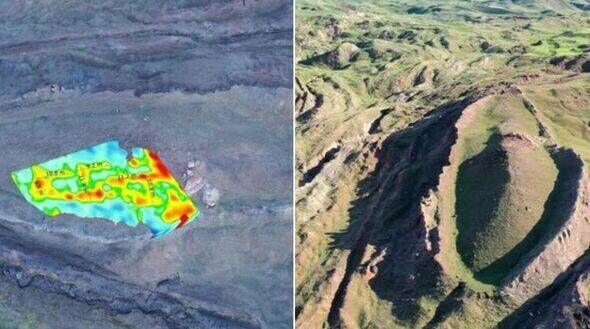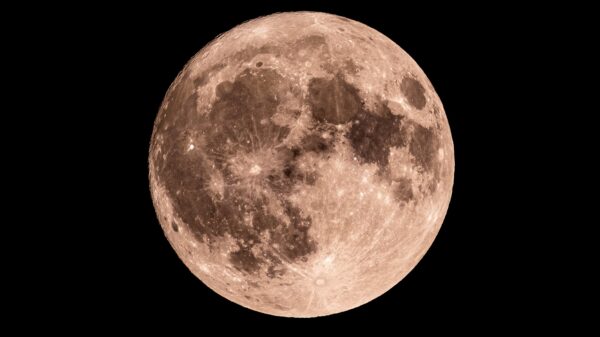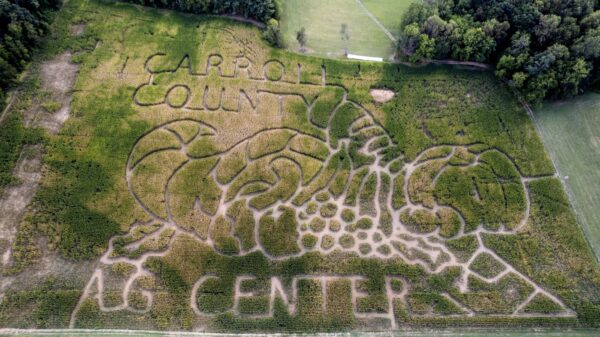A recent study published in Science Advances has significantly altered established views within climate science. Researchers have discovered that increased summer insolation in the Northern Hemisphere does not necessarily lead to enhanced rainfall in the Caribbean. Instead, their findings indicate that the region often experiences drying during periods of intensified summer insolation.
The study is based on a meticulously dated rainfall reconstruction spanning 129,000 years, sourced from a cave in Cuba. This research presents a striking counter-narrative to the prevailing belief that warmer summers in the Northern Hemisphere correspond with increased tropical precipitation.
Reevaluating Climate Patterns
The research team, which includes experts in climatology and paleoclimatology, focused on the Atlantic high-pressure system and its influence on rainfall distribution in the Caribbean. Their analysis of the cave data revealed that the expected correlation between summer insolation and rainfall does not hold true for this region. In fact, during certain periods of heightened insolation, rainfall levels dropped significantly.
This revelation underscores the complexity of climate systems and highlights the need for a more nuanced understanding of how regional climates respond to broader atmospheric changes. The findings suggest that the Caribbean’s climate patterns may be influenced by factors that have not been fully considered in previous models.
The implications of this research extend beyond academic curiosity. Understanding these rainfall dynamics is crucial for predicting future climate scenarios, especially in the context of ongoing climate change. As the Caribbean faces increasingly severe weather events, insights from this study could inform better water management and disaster preparedness strategies.
Broader Implications for Climate Science
This study challenges researchers to rethink their approaches to climate modeling. With the Caribbean being vulnerable to both droughts and heavy rainfall, accurate predictions are essential for local economies, agriculture, and overall community resilience. The traditional models that link insolation and tropical rainfall may need to be revised to account for the findings presented in this research.
The team’s findings can also serve as a catalyst for further investigations into how other regions might be affected by similar climate dynamics. As global temperatures continue to rise, understanding these intricate relationships will be vital for developing effective mitigation and adaptation strategies.
In conclusion, the research published in Science Advances offers a fresh perspective on Caribbean climate behavior, emphasizing the importance of continued exploration in the field of climate science. As scientists work to unravel the complex interplay of factors influencing weather patterns, their findings will be integral to shaping future climate resilience efforts.







































































